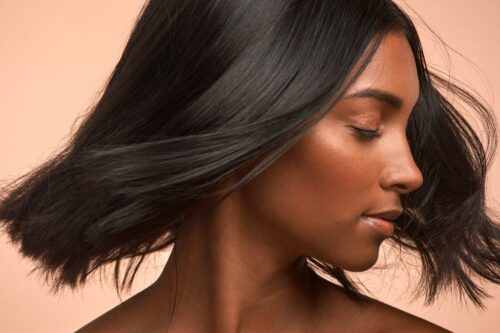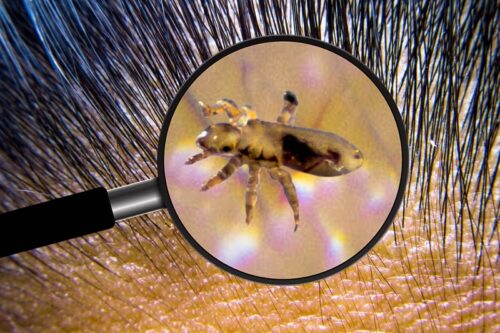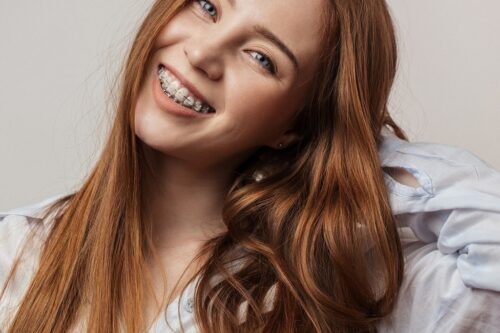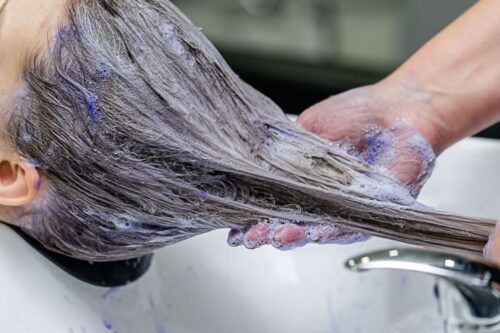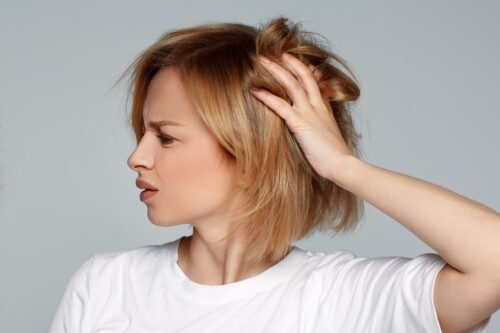Bleaching can make your hair lighter, but it also needs special care to stay healthy. Using bleach in the wrong way can harm your hair for a long time.
It doesn’t matter what bleach you use, your hair will need special care afterward to keep it looking good.
But what should you use on your hair? Does your hair need more protein or moisture after bleaching?
To make an informed decision about what products to use after bleaching, you should understand what protein and moisture offer your hair.
In this blog post, we’ll go over the effects of protein and moisture and explain why they’re both necessary to use when caring for bleached hair.
How To Decide If Your Hair Needs Protein or Moisture?
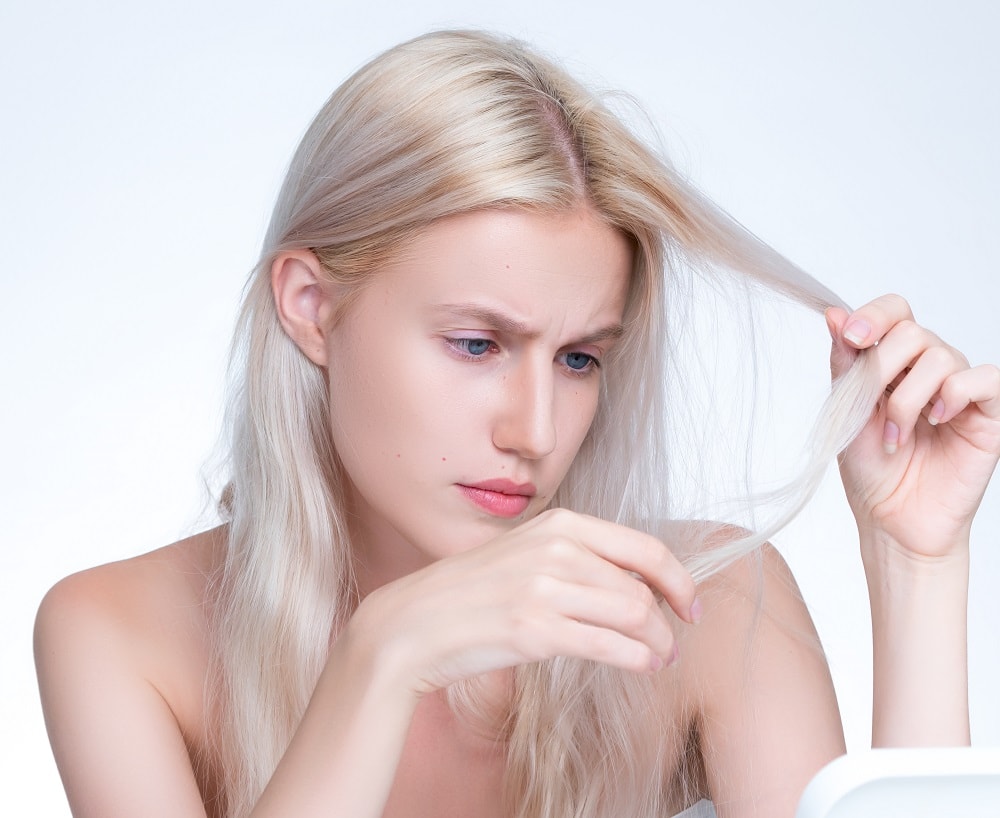
It’s vital to assess the health of bleached hair to determine if it needs protein and moisture treatment. But how can you do that?
Examine your hair’s condition after bleaching. If it’s breaking easily, lacks elasticity, or feels weak and thin, then a protein treatment should be your go-to solution.
On the other hand, if your hair feels dry and brittle, tends to frizz and tangle, or appears dull, a moisture treatment would likely be your best option.
Here is how you can pinpoint what treatment your hair is crying out for.
Protein Test
If you see any of these signs while analyzing your hair, consider getting a protein treatment after bleaching.
Breaking too Easily
If your hair seems to snap off with just a touch, particularly while combing or arranging it, this might suggest it’s starved of protein.
Offering it a protein treatment could reinforce your hair strands, minimizing breakage and boosting their toughness.
Loss of Elasticity
Another way to test your hair’s protein level is the elasticity test. Wet a strand of hair and stretch it gently.
If it stretches and bounces back without breaking, it means your hair has good elasticity and adequate protein.
If it stretches and does not bounce back, your hair likely lacks elasticity and needs protein.
Thin Strands
If your hair feels weak, limp, and doesn’t have volume or thickness, it might thirst for a protein boost.
Protein can add structure and heft to your hair, giving it a more robust and voluminous look.
Moisture Test
Your hair needs moisture if you find any of these signs after bleaching.
Dry and Brittle Texture
If your hair feels hard, dry, or like straw, it likely needs more moisture. Bleaching can remove natural oils from your hair, causing it to become dry and lack moisture.
Frizz and Tangles
If your hair is frizzy, tangled, and hard to manage, it’s probably thirsty for moisture. Moisture treatments can help smooth your hair, reduce frizz, and make it easier to comb through.
Dull and Flat appearance
If your bleached hair looks dull and lacks shine, it might be because it needs more moisture. Moisture treatments can add hydration to your hair, bringing out its natural glow and liveliness.
How to Balance Protein and Moisture After Bleaching Hair?
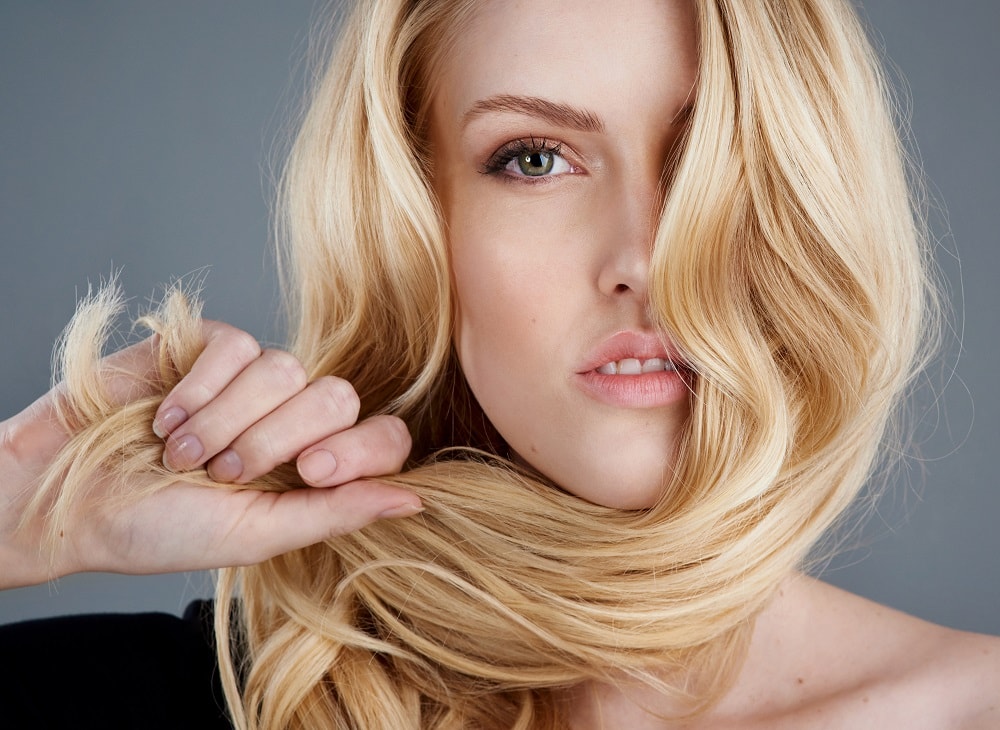
Your hair needs both protein and moisture treatments after bleaching. But applying protein treatment too soon after bleaching can cause hair breakage.
So, you should moisturize your hair first and do the protein treatment at least a week later.
Bleaching can cause significant damage to the hair, including dryness, split ends, and breakage.
Protein treatments help repair the damage by strengthening the hair shaft and minimizing the appearance of split ends.
Moisture treatments restore hydration and nourishment, improving the overall condition of the hair and reducing the visible signs of damage.
Too much protein can make the hair stiff and brittle and excessive moisture without sufficient protein can lead to weak strands.
Finding the right balance between protein and moisture is crucial for bleached hair. Here’s how you can balance the protein and moisture of your hair after bleaching.
Protein for Strength
If your hair lacks strength and elasticity after bleaching, start protein treatments into your routine.
Choose a protein-rich hair mask or conditioner and follow the instructions on the product. Be cautious not to overdo it, as too much protein can make your hair stiff and brittle.
Start with a moderate frequency, such as once every 1-2 weeks, and adjust as needed based on your hair’s response.
Moisture for Hydration
Bleached hair tends to be drier and more prone to moisture loss. Moisture treatments are essential to hydrate and nourish the hair.
To reduce the dryness of hair after bleaching, use moisturizing treatments regularly. Apply natural oils for deep conditioning your hair.
Use less harsh shampoo for washing your hair. Look for conditioners that contain moisturizing ingredients like aloe vera, or natural oils.
Apply it to damp hair, focusing on the mid-lengths and ends. Leave it on for the recommended duration and rinse thoroughly.
Adjust Based on Feedback
Pay attention to how your hair reacts to the treatments. Adjust the frequency based on your hair’s response and needs.
If you notice that your hair becomes overly dry or brittle, reduce the frequency of protein treatments and increase the emphasis on moisturizing treatments.
Conversely, if your hair feels weighed down or overly soft, reduce the frequency of moisture treatments and focus more on protein-based products.
By following these steps you can balance the moisture and protein of your hair after bleaching your hair.
How To Moisturize Bleached Hair
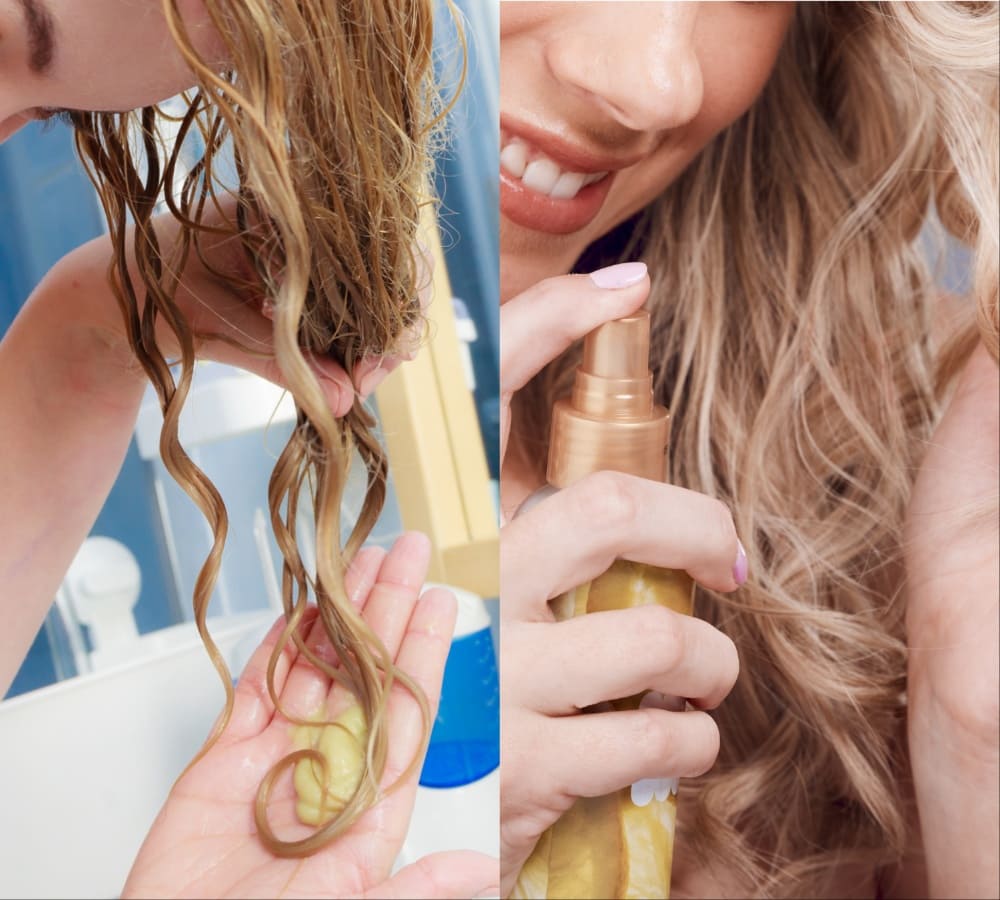
Follow these steps to restore moisture to your bleached hair.
- Use a sulfate-free shampoo: Sulfates can strip the hair of its natural oils, leaving it drier and more brittle. Use a sulfate-free shampoo designed for dry or damaged hair to help retain moisture.
- Deep condition regularly: A deep conditioning treatment can help to restore moisture to bleached hair. Look for a deep conditioner that contains ingredients such as glycerin, aloe vera, or shea butter. Apply the deep conditioner to your hair, cover it with a shower cap, and leave it on for 30 minutes to an hour before rinsing it out.
- Use a leave-in conditioner: A leave-in conditioner can help to provide additional moisture to bleached hair throughout the day. Look for a lightweight leave-in conditioner that won’t weigh down your hair.
- Use a hair oil: Hair oils such as argan oil or coconut oil can help to hydrate and nourish bleached hair. Apply a small amount of hair oil to your hair, focusing on the ends and avoiding the roots.
- Avoid heat styling: To avoid further drying out already bleached hair, it’s best to limit the use of heat styling tools like flat irons and curling irons. However, if you need to use them, be sure to apply a heat-protectant spray to help protect your hair from damage.
- Limit washing: Washing your hair too often can strip it of its natural oils and cause it to become even drier. Try to limit washing your hair to every other day or every few days.
- Drink plenty of water: Drinking enough water can help to keep your hair and scalp hydrated from the inside out.
By following these steps, you can help to restore moisture to bleached hair and promote healthier, shinier hair.
Can I Do A Protein Treatment After Bleaching?
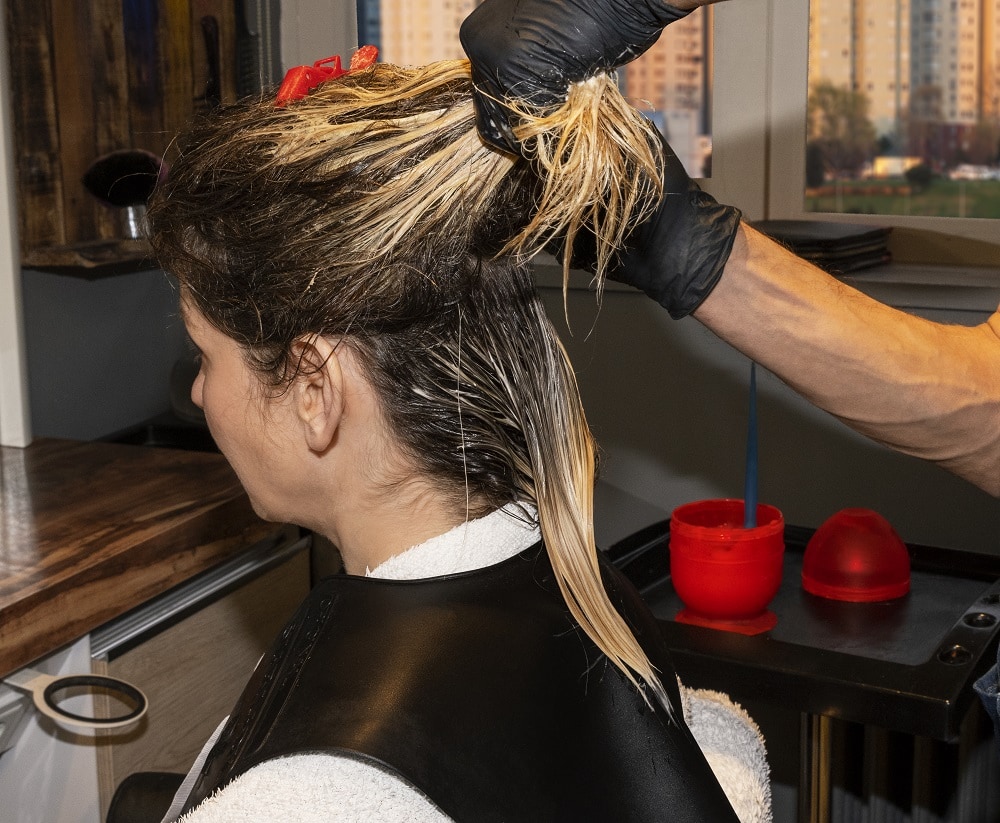
Yes, you can do a protein treatment after bleaching your hair. It’s recommended to do so as bleaching can strip your hair of its natural proteins, leaving it weak and brittle.
A protein treatment can help to restore the protein balance in your hair, making it stronger and more resilient. However, it’s important to note that you shouldn’t do a protein treatment immediately after bleaching your hair.
Bleaching can damage your hair, and if you apply a protein treatment too soon, it can further damage your hair and cause breakage. It’s best to wait at least a week or two after bleaching your hair before doing a protein treatment.
So, Does Your Bleached Hair Need Protein or Moisture?
Your hair needs both protein and moisturizing treatment after bleaching. As it is not recommended to get a protein treatment just after bleaching, so get a moisture treatment first and do the protein treatment later.


